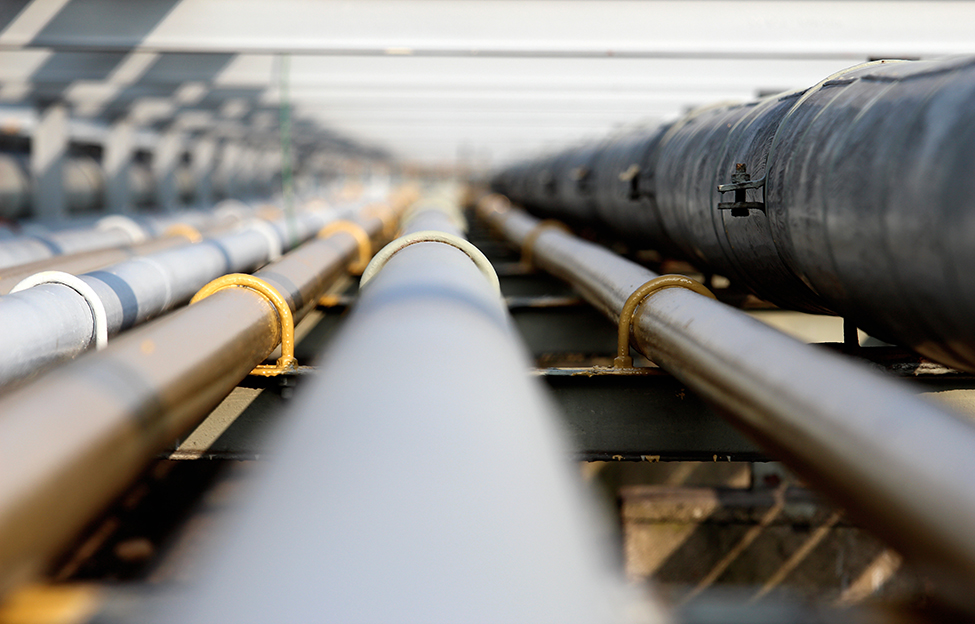
Insights | May 9, 2018
On energy transitions in general
I am sitting in an HAEE conference on Energy Transition: European and Global Perspectives in Athens with hundreds of other participants. When a conference like this has over 150 speakers presenting for three days and when there are participants attending from all over the globe, you know the matters being discussed are hot topics.
Several panels addressed the future of gas as well as the future of other types of fuels. Will all of the projects that we touched upon in this seminar (TAP, Baltic Connector, Baltic Pipe and Norstream II to name just a few) play out as expected? Will there be an oversupply of LNG in Europe and how will the future of LNG in the US shape the future of LNG in Europe and globally? After sitting here listening to all these presentations, and speaking and being challenged by colleagues and other professionals, I am left with considerable food for thought.
What was evident from one of the key note speakers, Mr. Gerassimos Thomas, the Deputy Director General, DG Energy, European Commission (and also from a paper that I wrote with Claire Willby and presented at the seminar), is that Europe is moving forward with new regulations and strategies that go hand in hand, and the challenge now is how to implement them all swiftly.
How will Europe move from 2020 targets to 2030 targets? The swift implementation will need the assistance of all levels of government as well as the private sector. There are funding options and state aid plans for strategies that will assist the transition. For example, last week the Finnish government announced that it has decided to prohibit the use of coal in energy production in 2029. In addition, the Government will also prepare an incentives package for district heating companies that commit to phasing out the use of coal as early as in 2025. Also, on a more general European level, the EU Budget for the Future was published on 2 May 2018. The budget envisages that the European Commission will integrate climate action into all major EU spending programs, including energy. This touches all the member states from the municipal level upwards. All levels count. A part of this budget is a new instrument called LIFE. LIFE is the EU’s financial instrument supporting environmental, nature conservation and climate action projects throughout the EU. It focuses on developing and implementing innovative ways to respond to environmental and climate challenges, such as the transition to clean energy. LIFE will have a dedicated amount of €5.4 billion in the EU budget. These are just a few examples of current options for industry participants to utilize in their funding when they comply with increasingly stringent regulations all related to different levels of this transition.
The race is on for cleaner energy and, thereby, a cleaner path to economic growth.